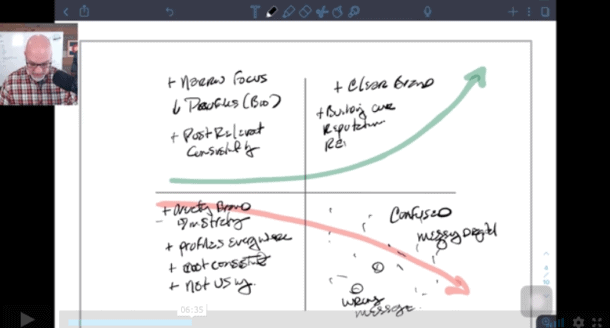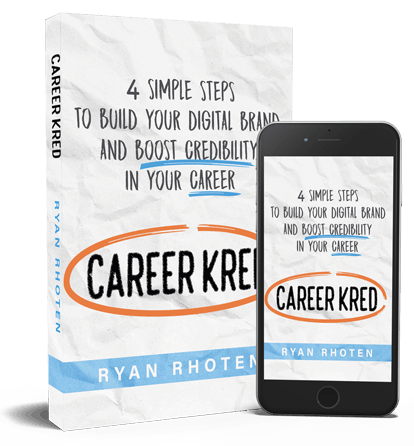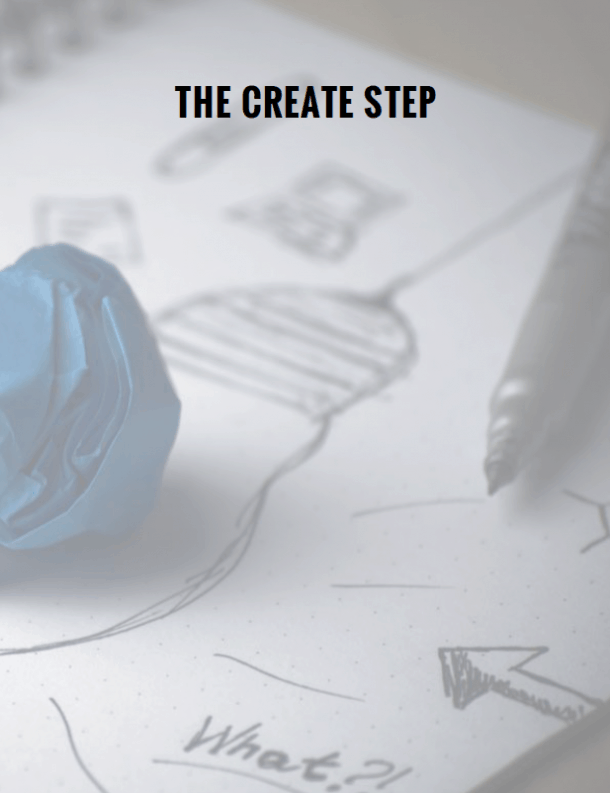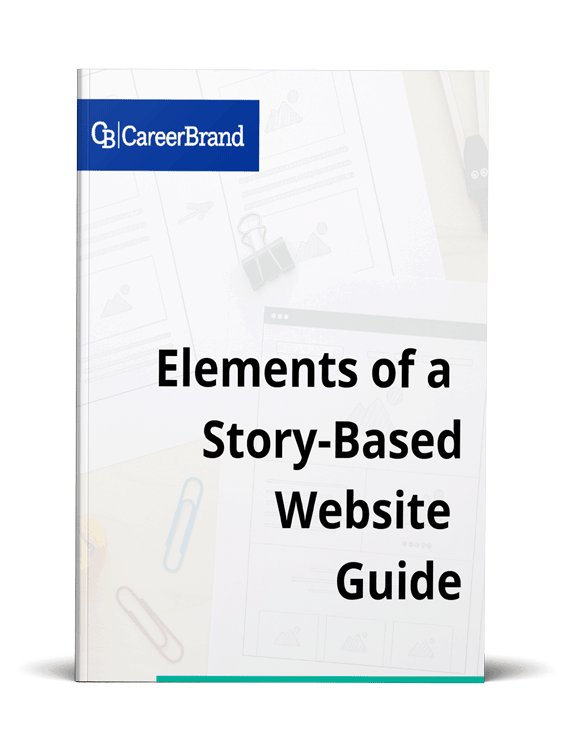Today on the podcast, I welcome to the show Karen Tiber Leland president of the Sterling Marketing Group. At Sterling, Karen helps CEOs, executives, and entrepreneurs build stronger personal, team and business brands.
Karen is the bestselling author of multiple books, including the one that will be the topic of today’s podcast, The Brand Mapping Strategy. She is a sought-after keynote speaker and has even been an actress with experiences in voiceover as well.
KAREN TIBER LELAND’S CAREER JOURNEY
Karen got into branding as a result of her years in management consulting. She realized during her discussions with clients that branding was heavily intertwined with employee and management engagement.
As a natural part of her consulting services, Karen found herself working more and more with the human resources, marketing, and branding teams. As the sole person responsible for branding and marketing on her team, Karen recognized her passion for it and was able to position herself to do more of that kind of work vs. the typical heavy-duty consulting work she had grown accustomed to doing.
[smart_track_player url=”http://traffic.libsyn.com/thebrandnewyoushow/Karen_LeLand_FINAL.mp3″ social_linkedin=”true” social_pinterest=”true” social_email=”true” ]
KAREN TIBER LELAND’S BOOK – THE BRAND MAPPING STRATEGY
As the result of her work in personal branding, Karen believes everyone needs to be working on building their personal brand. Because of Google, if you’re not defining your brand someone else will do it for you. Make no mistake, Karen is not a fan of branding for banding's sake. She is an advocate of building a conscious and authentic brand. Meaning, be you and be you with intention.
Branding and Marketing mindset and myths
Karen has seen many changes in the branding landscape as far as what works and what doesn’t. Through her work, Karen discovered one of the things that used to work really well, what she calls the “big hits”, no longer hold the same weight. For example, it used to be that being on Oprah, a for sure big hit, was almost guaranteed to skyrocket your career. Today, however, that is not exactly the case. While big hits are still good for your brand overall, Karen has noticed the big hits, which she referred to as a sprint, have shifted to a more slow and steady pace like a marathon, can have just as much impact.
This is not to say that these big hits don’t work anymore because they do but today you are rewarded more for consistency and targeting the right audience. This digital-first age in which we live has conditioned us to have a sprint-like mentality when it comes to branding and marketing yourself, but Karen argues the most effective way to brand yourself today is by running the marathon.
The Marketing Mastery Pyramid
In addition to the Brand Mapping Strategy, Karen has also developed a 3 step marketing mastery pyramid to help you understand at a high level the path you need to take as you begin to brand yourself.
1 – Platform Development
2 – Brand and Buzz Building
3 – Thought /Industry Leadership
1 – Platform Development
In the platform develop stage, Karen advocates developing your brand message before anything else. The reason for this is because all activities in the platform building stage need to speak to your authentic brand. Skipping the brand message can lead to building a platform that is not aligned with who you are.
Building your brand message requires you to be clear on what you are all about. Meaning you need to know what you want to become known for and what your platform is going to help you achieve. This is a key component of the define step in the DICE process.
While building your platform one of the key components will be your website, however, Karen suggests that a website might not be for everyone. The decision to have or not have a website comes down to the individual's goals.
Those who need a website are typically individuals who want to speak more, write a book, and/or become known as a thought leader in their industry. If this describes you, Karen argues a website will help you achieve your goals faster.
Karen tells a very interesting story about a friend who happens to be a journalist, who uses people’s websites to determine whether or not she will pursue them for a potential interview. If the person has no website, she questions whether or not they will make a good source.
2 – Brand and buzz building
Karen defines buzz-building simply as the methods you can use to build awareness about your brand. Karen mentions there are over forty potential methods you can use to help build brand buzz and awareness. The methods chosen need to align with your overall brand strategy and she suggests only using four to five at a time.
Karen is not a fan of the “be everywhere” strategy. She argues that this “strategy” is not really a strategy and will only serve to dilute your brand message and confuse your audience. Additionally, trying to do too much will only serve to overwhelm and wear you out.
3 – Thought /Industry Leadership
An expert is someone who deeply knows and understands their area of expertise. A thought leader, on the other hand, is someone who has taken their expertise and moved it to the next level. They add new dimensions or ways of thinking about their field. They don’t regurgitate the common things, instead, they create new ideas and push the boundaries in their space. Thought leaders are often called upon by the media for comment and quotes for articles.
The Brand Mapping Process
During her work building personal brands, Karen discovered many of her clients were trying to define their brand using the classic elevator pitch. Realized your brand is much deeper than an elevator pitch, Karen developed the Brand Mapping Process. The Brand Mapping Process focuses on the following 7 core elements all of which apply to individuals as well as teams.
1 – Anchor Statement
Sometimes referred to as the elevator pitch, the anchor statement is often used to answer the question “what do you do?” Karen refers to this as the cocktail party statement. The anchor statement is quick and can be used for conferences, cocktail parties, and even while standing in line at the movies. It needs to be very well defined and very clear. Think of the anchor statement as a verbal business card. Karen suggests we should think of our anchor statement in terms of Be, Do and Have. Be tells others who you are and what you offer. Do describes what you do and who your work with and the Have is what you offer and how people can benefit. This is very similar to the personal brand statement methodology I have posted about on this site.
2 – The Unique Branding Proposition
The Unique Branding Proposition (UBP) takes your anchor statement even deeper by clarifying what makes you unique/special when compared to others. The UBP is what really sets you apart from others. The UBP is all about positioning but not positioning in a way that says you're better than everyone else. Rather, it’s more letting people know what you bring to the party. Your UBP is what will repel or attract people to your brand.
UBP does not have to be an out of the box quality. It can be as simple as the depth and breadth of your experience. Perhaps you’ve worked for a highly respected company, held high-level positions, written a book, created a process that others follow or even had unique career experiences. These factors can all play a role in your USP and help bridge the gap for people when they are looking for evidence of your CareerKred.
3 – Brand Tone and Temperament
Karen defines brand tone and temperament as the fundamental character or disposition you bring to all of your interactions. Your tone and temperament include your consistent mood, quality, character, and manner.
Think of tone and temperament as your brand’s core personality. It’s the presence others feel, see, and observe when you walk into a room. Tone and temperament also help to determine the typical things people associate with branding such as colors, fonts, logos, website design, business name, and even the images you use.
4 – Brand Energy
Karen always asks her clients right up front what’s the weather you bring with you? Meaning, what are the one or two things you can be counted on to contribute all circumstances and at all times.
Karen relates brand energy to 12 archetypes which she describes in the book.
5 – Signature story
At some point, you will be asked how did start doing what you’re doing now? Your signature story will provide the answer for you. Different than your career bio, your signature story answers the question how did you get to this place? What events in your life brought you here? For example, my signature story revolves around not getting a promotion and discovering I’m not the only Ryan Rhoten in the world. These two events serve as my backstory for how I’ve gotten to where I am today. In fact, if not for these two events, you would not be reading this blog post. Instead, you might be reading my career bio on my
LinkedIn profile.
6 – Signature services
Signature services apply to both businesses and individuals. They are simply the skills or talents you are known for that you bring to an organization or business. Discovering your skills and traits is a great way to get you started understanding your signature service. This is where the define step in DICE helps ferret out your signature services. Doing things such as taking assessments, observation, and introspection are all designed to help you become more self-aware so you can identify your signature service. Once you understand your signature service make sure you put it in your LinkedIn profile.
7 – Brand Enhancers and Reducers
It helps to think of brand enhancers and reducers like a SWOT analysis. SWOT stands for Strengths, Weakness, Opportunities, and Threats. Karen talks about a number of items that can be included in your SWOT. One example Karen provides as a common threat for a CEO might be that they have no online presence, therefore no one knows about them. To combat this threat, the CEO would need to begin platform building in the 3 step Marketing Mastery Pyramid.
Measuring Your Personal Branding Success
The last thing Karen and I discuss is what success looks like for her clients. Almost coming back full circle, many of her clients are initially looking for the quick win, the big hit, the Oprah moment when they ask Karen about success metrics.
It is this short-term mentality that drives a lot of these initial conversations. Karen cautions her clients and us that focusing on short-term metrics do not necessarily translate into a long-term impact. To help get her clients past this Karen sits down at the beginning of the engagement and defines what each client's measurables will be.
Some examples of measurements Karen provided started with asking the following questions.s your business increasing, are getting more people in your pipeline, are you collecting more email addresses, or are you converting more website visitors into customers? These are all metrics that will improve
1 – Is your business increasing?
2 – Are getting more people in your pipeline?
3 – Are you collecting more email addresses?
4 – Are you converting more website visitors into customers?
All of these metrics are examples of marathon metrics that will show improvement over time as your branding efforts begin to take hold. Notice that none of them will improve overnight.
THE BEST WAYS TO CONTACT KAREN
Web: sterlingmarketinggroup.com
Book:
The Brand Mapping Strategy








